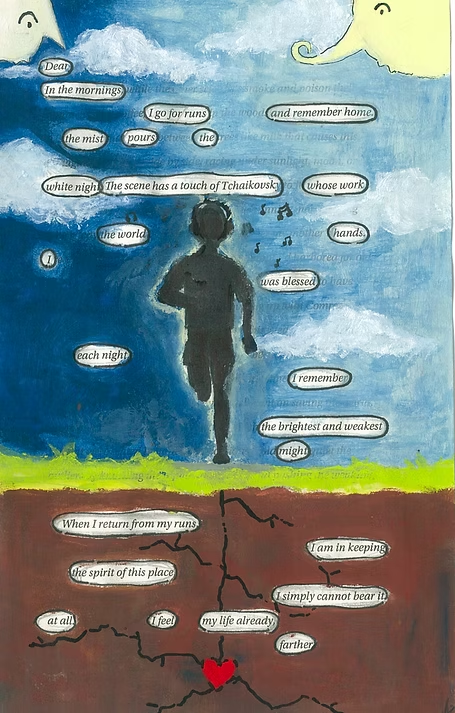The week of April 1-7 is National Wildlife Week. Wildlife Week dates back to 1938 and is a week to promote wildlife education. All ages can enjoy this week and make connections to our local wildlife.
The National Wildlife Federation organizes National Wildlife Week and promotes the protection of our local wildlife. They have live videos of animals from national wildlife parks, such as a family of brown bears in Alaska, bald eagles in California, and even manatees in Florida. Examples of ways to get involved are taking an online course and learning about North American wildlife or volunteering. There are also simpler options that you can do around your community like picking up trash as well as planting trees and local flowers. More information on how you can be involved can be found on the National Wildlife Federation website.
The main idea of National Wildlife Week is to bring awareness to this community that is slowly shrinking. They provide ways for the community to step in and protect to ensure our natural wildlife can thrive!
- Habitat Protection: Protecting and preserving natural habitats is critical for wildlife conservation. This involves establishing and maintaining protected areas such as national parks, wildlife reserves, and marine sanctuaries. It also includes restoring degraded habitats and creating wildlife corridors to facilitate the movement of species.
- Regulation and Laws: Enacting and enforcing laws and regulations to prevent habitat destruction, poaching, and illegal wildlife trade is essential. This includes measures such as banning the trade of endangered species, implementing sustainable fishing and logging practices, and controlling pollution.
- Community Involvement: Engaging local communities in conservation efforts is crucial for long-term success. This can involve education and awareness programs, providing alternative livelihoods to communities dependent on wildlife exploitation, and involving indigenous peoples and local stakeholders in decision-making processes.
- Sustainable Practices: Promoting sustainable practices in agriculture, forestry, fishing, and tourism can help reduce the impact on wildlife and their habitats. This includes practices such as sustainable farming methods, certified sustainable forestry, responsible fishing practices, and ecotourism initiatives that prioritize wildlife conservation.
- Combating Climate Change: Addressing climate change is critical for wildlife conservation, as it poses a significant threat to many species and their habitats. This involves reducing greenhouse gas emissions, protecting carbon-rich ecosystems like forests and wetlands, and implementing adaptation strategies to help wildlife cope with changing conditions.
- Consumer Awareness and Behavior Change: Educating consumers about the impact of their choices on wildlife and the environment can drive demand for sustainable products and practices. Encouraging responsible consumption, supporting eco-friendly businesses, and advocating for wildlife-friendly policies can all help reduce pressure on wildlife populations.
By using a holistic approach that combines these strategies, we can work towards preserving wildlife and ensuring a sustainable future for all species on our planet.









